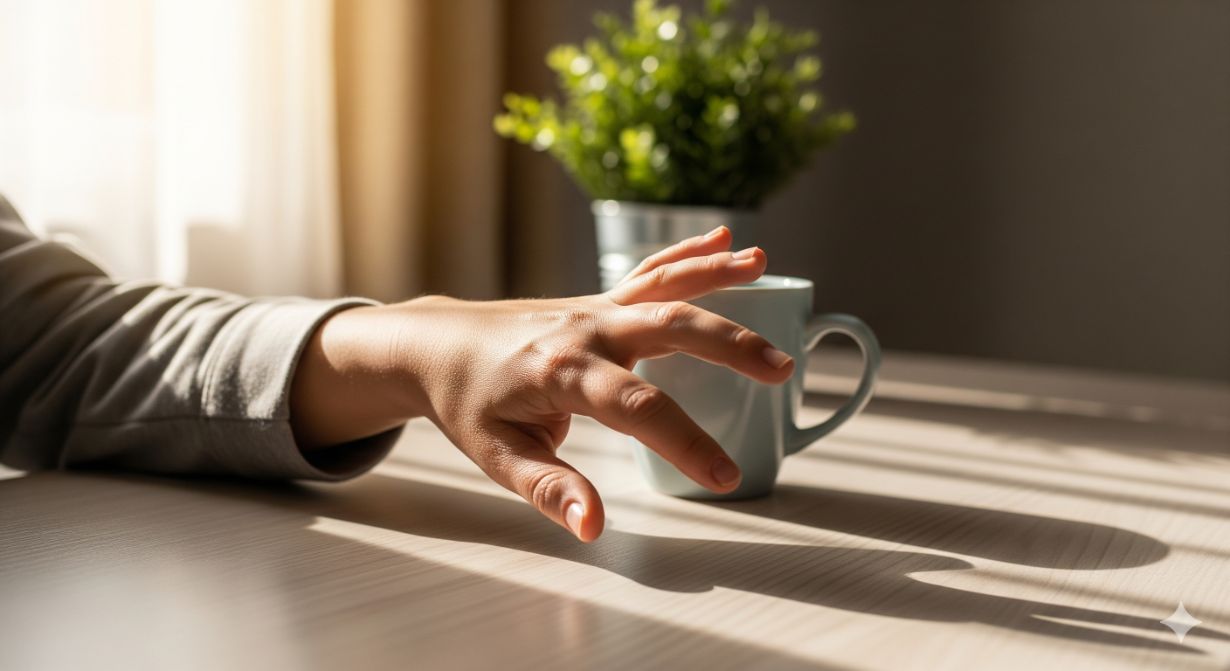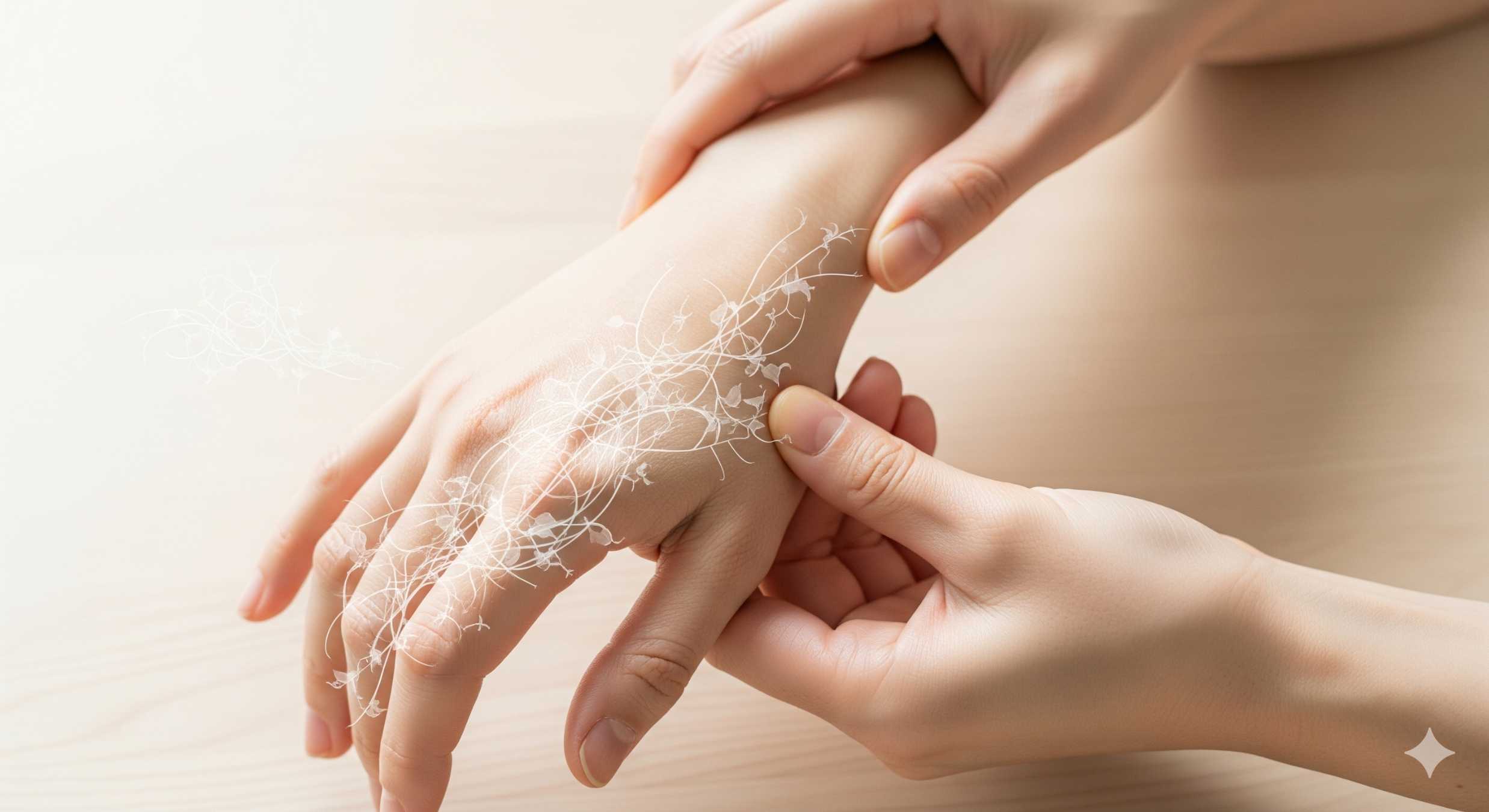
If you’ve ever heard of loguytren problems, you may know it’s another way of referring to Dupuytren’s Contracture, a progressive hand condition that affects the fingers. It’s not life-threatening, but it can definitely impact your day-to-day life. Imagine going to shake someone’s hand, pick up a mug, or type on a keyboard—and realizing your ring or pinky finger won’t fully straighten. That’s the reality many people face with this condition.
The good news? While loguytren problems can’t always be prevented, there are plenty of ways to manage and treat them. Let’s walk through what this condition really means, how it develops, and what you can do about it.
What Are Loguytren Problems?
At its core, loguytren problemsoccur when the tissue just beneath the skin of your palm—called the fascia—starts to thicken and tighten. Over time, this tissue forms rope-like cords. These cords act like invisible strings, pulling your fingers inward toward your palm.
Most often, the ring and little fingers are affected first. In mild cases, it’s just a slight bend. In advanced stages, the fingers may curl so much that they interfere with everyday tasks.
What makes this condition tricky is that it’s progressive—it tends to get worse gradually, rather than improve on its own.
What Causes Loguytren Problems to Develop?

Doctors still don’t know the exact cause, but several factors seem to raise the risk:
- Genetics: If it runs in your family, you may be more likely to develop it.
- Age: It’s most common after age 40.
- Gender: Men are more frequently affected than women.
- Health conditions: Diabetes, epilepsy, and alcoholism have been linked to higher risk.
- Lifestyle factors: Smoking and heavy alcohol use may increase likelihood.
So while you can’t always prevent loguytren problems, you can reduce certain risk factors by maintaining overall good health.
What Are the First Signs of Loguytren Problems?
Catching the early signs makes a big difference in how you manage this condition. Here’s what to look for:
- Small lumpsin the palm of your hand, usually near the base of the fingers.
- Thickened skinthat feels tighter than normal.
- Dimplingor puckering in the palm.
- A gradual bendin the ring or little finger.
At first, the condition isn’t usually painful. That’s why some people ignore it until the bending gets in the way of their daily life.
How Do Loguytren Problems Affect Daily Life?

The biggest issue is limited hand function. Think about how many things require straight fingers:
- Putting on gloves
- Shaking hands
- Holding large objects like plates or books
- Typing on a keyboard
- Playing a musical instrument
As the fingers bend more, these simple tasks become frustrating. Some people also feel self-conscious about the appearance of their hand. While pain isn’t the hallmark symptom, the loss of freedomin using your hand is what makes loguytren problems so disruptive.
Treatment Options for Loguytren Problems
Treatment isn’t always necessary right away. If the bend is mild and doesn’t affect your daily activities, your doctor might recommend watchful waiting. But once the contracture starts interfering with your function, here are some treatment paths:
1. Nonsurgical Options
- Needle Aponeurotomy: A needle is used to break the cords under the skin. Minimally invasive with quick recovery.
- Collagenase Injections (Xiaflex): Enzymes are injected into the cords to weaken them, allowing the doctor to straighten your finger.
2. Surgical Options
- Fasciotomy: Cutting the thickened cords to release finger tension.
- Fasciectomy: Removing the affected tissue completely. This has a longer recovery but may give better results.
3. Supportive Care
- Physical therapy: Exercises to improve hand strength and flexibility.
- Splinting: Helps maintain finger extension after surgery or injections.
Comparison of Treatment Options
Here’s a quick look at how common treatments for loguytren problemscompare:
| Treatment | Invasiveness | Recovery Time | Effectiveness | Best For |
| Needle Aponeurotomy | Minimally invasive | 1–2 weeks | Moderate | Early to moderate cases |
| Collagenase Injections | Minimally invasive | 1–2 weeks | Moderate–High | Patients avoiding surgery |
| Fasciotomy | Surgery | Several weeks | High | Severe bends, quick fix needed |
| Fasciectomy | Surgery | Months | Very High | Advanced cases needing lasting results |
Can Loguytren Problems Come Back After Treatment?

Unfortunately, yes. Even after successful treatment, the condition can recur—sometimes in the same finger, sometimes in a different one. That’s why follow-up with your doctor and ongoing hand care is so important.
Living With Loguytren Problems
The reality is that many people live full, active lives with this condition. It doesn’t shorten lifespan, but it can alter lifestyle. Managing loguytren problemsoften comes down to:
- Early intervention→ Address symptoms before they worsen.
- Healthy habits→ Quit smoking, limit alcohol, and manage conditions like diabetes.
- Staying active→ Keep your hands flexible with stretches and light exercises.
Think of it less as a barrier, and more as a condition you can work with, given the right tools and treatments.
Also Read: Nutrition tips theweeklyhealthiness
FAQs About Loguytren Problems
Are loguytren problems painful?
Not usually. Most people don’t experience pain, but they do notice tightness and limited movement in the fingers.
Can exercises cure loguytren problems?
Exercises alone can’t reverse the condition, but they can help maintain flexibility and strength—especially after treatment.
Who should I see if I suspect loguytren problems?
Start with your primary care doctor, who may refer you to a hand specialist or orthopedic surgeon.
Do loguytren problems affect both hands?
Yes, they can. Often one hand is worse than the other, but both may eventually show signs.
Final Word: Taking Control of Loguytren Problems
While loguytren problemscan feel frustrating, they don’t have to define your life. Understanding the condition, catching early signs, and exploring treatment options give you the power to keep your hands functional and active.
From simple injections to advanced surgery, modern medicine offers multiple ways to manage this progressive condition. The key is not to ignore it—because the earlier you act, the more flexibility and independence you’ll keep.
So if you’re starting to notice that familiar bend in your fingers, take it as a signal: it’s time to check in with a professional and take the first step toward regaining control.






